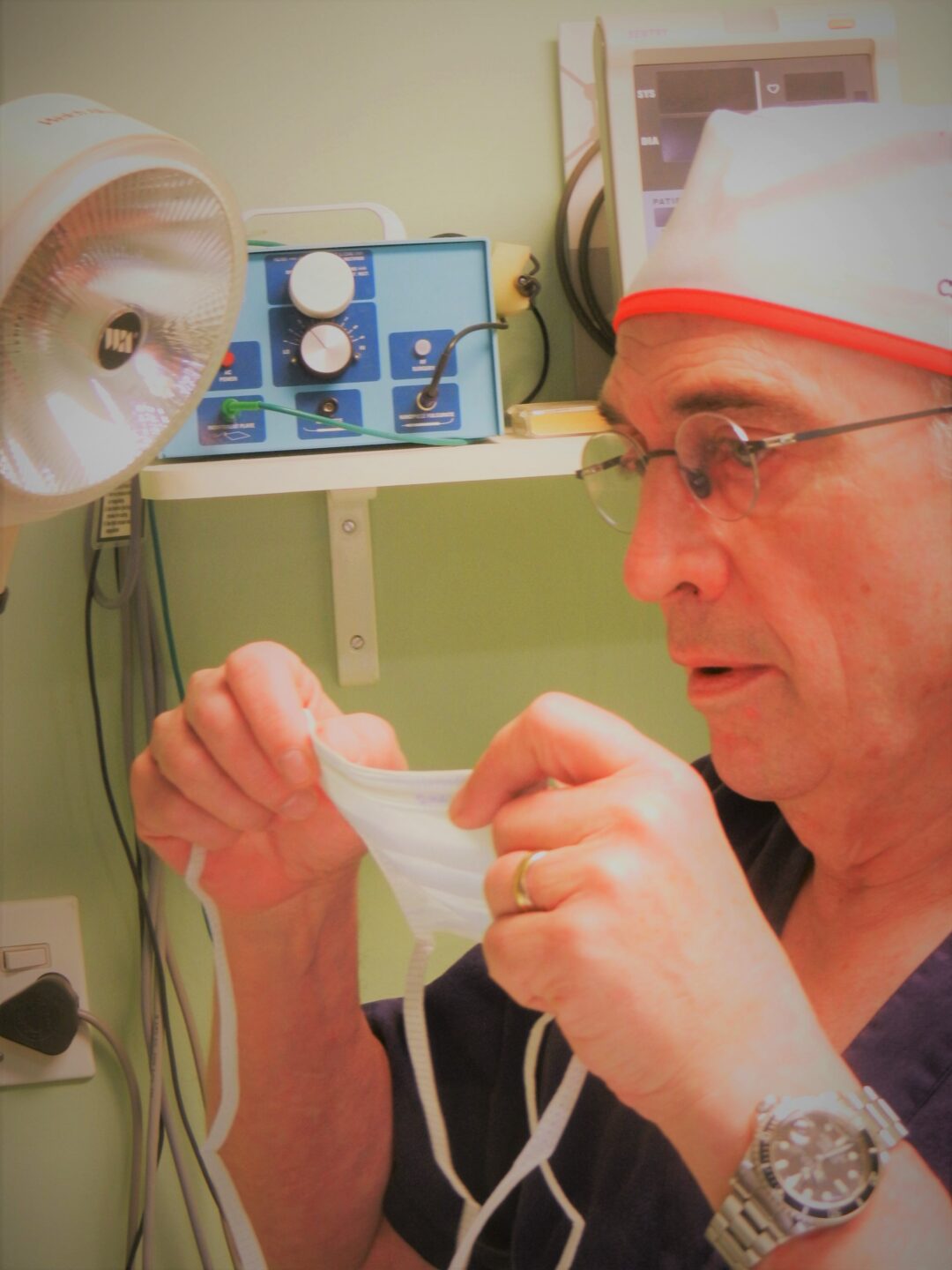BREAST LIFT (MASTOPEXY)
What is Breast Mastopexy?
This is a
procedure whereby the excessive (loose/stretched) skin is removed from both
breasts and the breast tissue and nipple are raised on the chest wall. This
procedure is usually done for cosmetic reasons. In some cases, a combination
procedure involving lift and simultaneous augmentation (enlargement) with a
breast implant is performed. This is usually discussed at length with the
patient.

General Questions
We usually perform this procedure under local anaesthetic with intravenous sedation. It is remarkably well tolerated although one can of course use a general anaesthetic if the patient so prefers. Prior to the operation, the projected new nipple position is calculated and marked. Around this, according to a pre-determined formula, the markings of the proposed incision lines are made in pen. The proposed incision lines will be discussed with each patient.
During the
procedure the excessive skin is removed and the remaining breast skin is lifted
and tightened around the breast tissue and nipple. At the same time, and via
the same incision, it is possible to place a breast implant between the breast
tissue and the chest wall. This is Usually discussed at length with the
patient. At the time, a soft plastic drainage tube is placed through the wound on
both sides to allow drainage of any bleeding that occurs post operatively.
These drains are usually removed 24 — 48 hours later.
This
procedure usually takes 1-2 hours in theatre and patients are usually
discharged +24 hours later. Full healing of wounds takes up to 10 days and most
patients are able to return to work 2 —- 3 weeks post operatively. It is
important to note that it takes 8 — 10 months for the final shape of the breast
to settle and that scars may take up to 18 — 24 months to show their final
appearance.
Post
operative bleeding and infection are the most feared complications. Fortunately
this is very uncommon as all precautions are taken to prevent this. As regards
the possible complications of a breast implant, we refer you to the discussion
on breast augmentation.
In 1998, an independent review group (IRG) was established at the request of the U.K. Department of Health in response to concerns expressed by women in relation to silicone gel breast implants. The IRG looked at the existing and emerging scientific evidence for a link between silicone gel breast implants and effects on health:
Tumouregenicity
– investigators examining recent rates of growths or tumors of the breasts
provided by the U.S. National Cancer Institute have seen no increased risk
among women with breast implants even after a 10 year period.
Risk of
cancer – there is no scientific evidence that women with breast implants are
more susceptible to cancer than other women. Epidemiological studies have shown
no increase in the incidence of breast carcinomas in women with breast implants
compared with women without breast implants. Further research is ongoing.
Risk to
pregnancy – a review of the published literature indicates that studies in
animals to date that have evaluated silicone materials for birth defects or
other reproductive effect have shown a lack of activity.
Auto-immune disease – case reports have documented that the following symptoms and conditions have occurred co-incidentally with the presence of silicone breast implants.
Chronic fatigue, muscle pain, joint pain and swelling, enlarged lymph glands, scleroderma, systemic lupus erythematosus, Raynaud’s phenomenon, rheumatoid arthritis and other non-specific physiologic complaints. None of these studies represent conclusive evidence that silicone breast implants can cause auto- immune diseases or connective tissue disorders. Removal of the breast implant and the surrounding capsule is a recognised precaution if a persistent immune response is suspected although among the cases reported, removal of implants did not consistently result in an improvement or remission of the disorders manifested. Epidemiological studies on selected groups have provided preliminary results that demonstrate no connection between silicone implants and certain connective tissue disorders such a rheumatoid arthritis etc.
A report published in 1998 by a U.S. National Science panel evaluated the scientific data on implants in relation to immune dysfunction. No association was found between silicone gel filled implants and any of the connective tissue or immune disorders.
In 1999 and independent review from a committee at the Institute of Medicine in the U.S. concluded that a review of the toxicology studies of silicone and other substances known to be in breast implants does not provide a basis for health concerns.
Lastly, ongoing evaluation of a breast
containing a breast implant with mammography or physical examination or
ultrasound is not hindered in any way. As long as the person checking the breast
for any possibility of lumps is aware of the implant this should not prevent
detection of any breast lump or tumor (growth).
Before surgery please do not take any products that contain Aspirin or high doses of Vit E for 3 weeks prior to surgery.
Smokers should discontinue smoking. If this is not possible, they should cut down to 3 – 4 cigarettes a day before surgery and avoid all smoking for 24 hours before surgery.
Smoking causes coughing especially after an anaesthetic which causes discomfort and might even cause bleeding after your operation.
Please report any signs of a cold, infection, boils or pustules appearing within 3 weeks of surgery.
Lastly, we strongly recommend wearing adhesive paper tape over the scars for 3 months post – operative. A close fitting supportive bra should be worn for 2 weeks post – operative. We do not suggest post-operative massage of breasts as we use textured implants.
Kindly note that the contents of page remain the intellectual property of Dr L. van Oudenhove